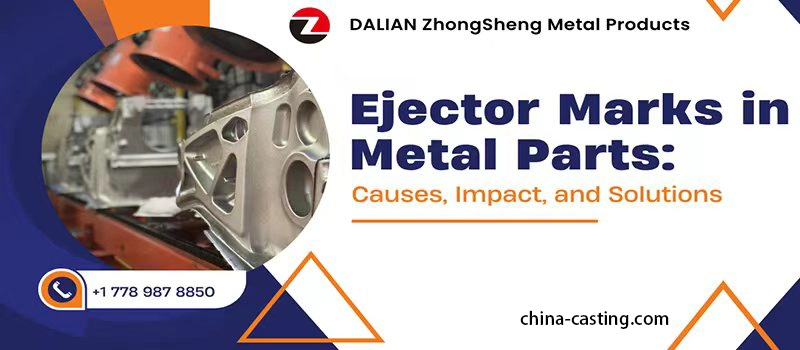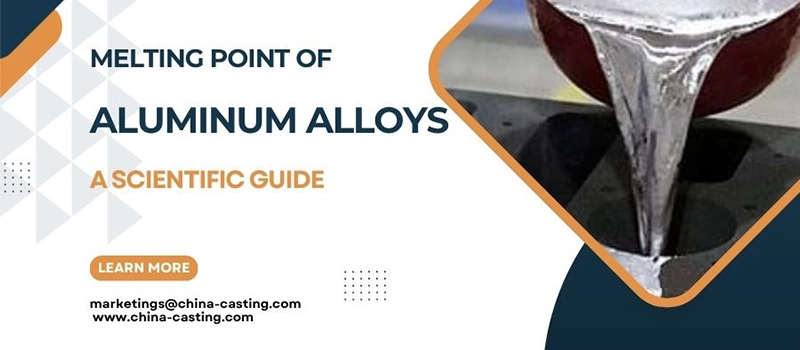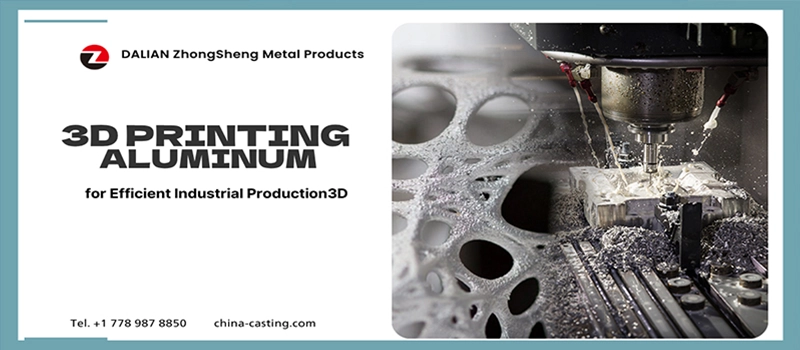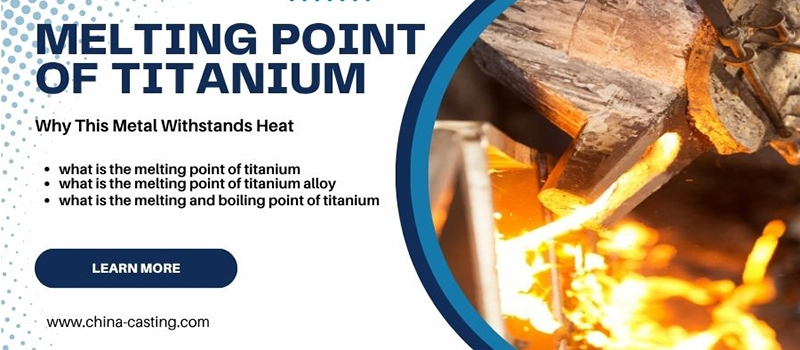Ejector Marks in Metal Parts: Causes, Impact, and Solutions

Ejector marks are a common but critical issue in metal parts manufacturing. This article explores their causes, effects on quality, and best practices to prevent them in casting and molding processes.
7 Axis CNC Machining: What It Is and Why It Matters

7 axis CNC machining offers unmatched flexibility and accuracy for complex part manufacturing. This article explains what a 7 axis CNC machine is, how it works, and why it outperforms traditional 3, 4, and 5 axis systems in industries like aerospace, automotive, and medical.
Melting Point of Aluminum Alloys: A Scientific Guide

This comprehensive guide examines the melting point of aluminum alloys across alloy families including 6061 and zinc-aluminum systems. It explains how melting behavior impacts processing methods such as casting, welding, and heat treatment, and offers engineers clear insights for material selection in aerospace, automotive, electronics, and energy sectors.
3D Printing Aluminum for Efficient Industrial Production3D

3D printing aluminum combines speed, precision, and cost-efficiency for industrial production. It’s a game-changer for automotive, mining, and manufacturing sectors, offering lightweight, durable parts with shorter lead times and lower costs.
Melting Point of Stainless Steel for Material Selection

The melting point of stainless steel varies by grade, typically ranging from 1375°C to 1530°C (2500°F to 2785°F). This article explains how chemical composition and metallurgical structure affect melting behavior across common grades like 304, 316, 310, and 17-4PH, providing practical guidance for selecting stainless steel in thermal applications such as power generation, automotive, petrochemical, and manufacturing industries.
Rheocasting Boosts Quality in Industrial Metal Fabrication

Rheocasting improves mechanical strength, reduces porosity, and ensures dimensional accuracy in metal fabrication. This article explores its benefits, materials, and industrial applications for cost-effective, high-quality part production.
Deburring in Metal Fabrication: Why It Matters for Quality

Deburring is a critical post-processing step in metal fabrication that removes burrs and sharp edges from machined, cast, or forged parts. It directly impacts part safety, assembly accuracy, corrosion resistance, and surface treatments like painting or coating. Understanding deburring helps avoid costly defects and enhances the end-use performance of every metal component.
Melting Point of Titanium: Why This Metal Withstands Heat

Titanium is a heat-resistant metal with a high melting point, making it ideal for aerospace, automotive, and industrial use. In this guide, I explain the melting and boiling points of titanium, its comparison with other metals, and what makes titanium alloys so valuable in high-temperature environments.
Vacuum Impregnation in Casting: Dry and Wet Techniques

Vacuum impregnation is a process that eliminates internal porosity in metal castings using vacuum and pressure to seal microscopic voids with liquid resin. This article explains how the process works, compares dry vacuum, wet vacuum, and pressure methods, and highlights key benefits across industries like automotive, hydraulics, and aerospace. Proper impregnation ensures cast parts meet pressure sealing standards, improves corrosion resistance, and reduces part rejection. It’s a critical quality control step for manufacturers focused on performance and reliability.

